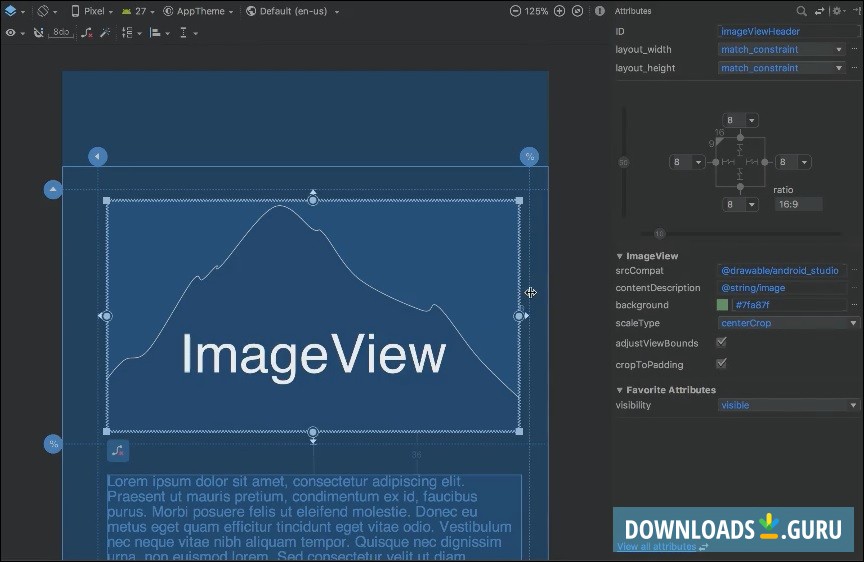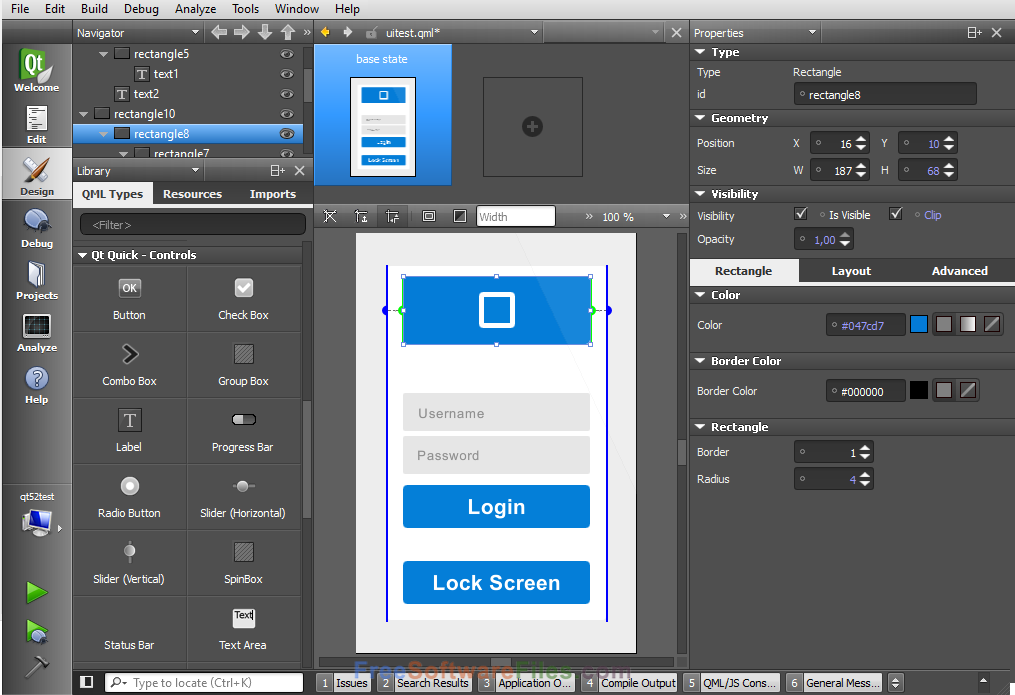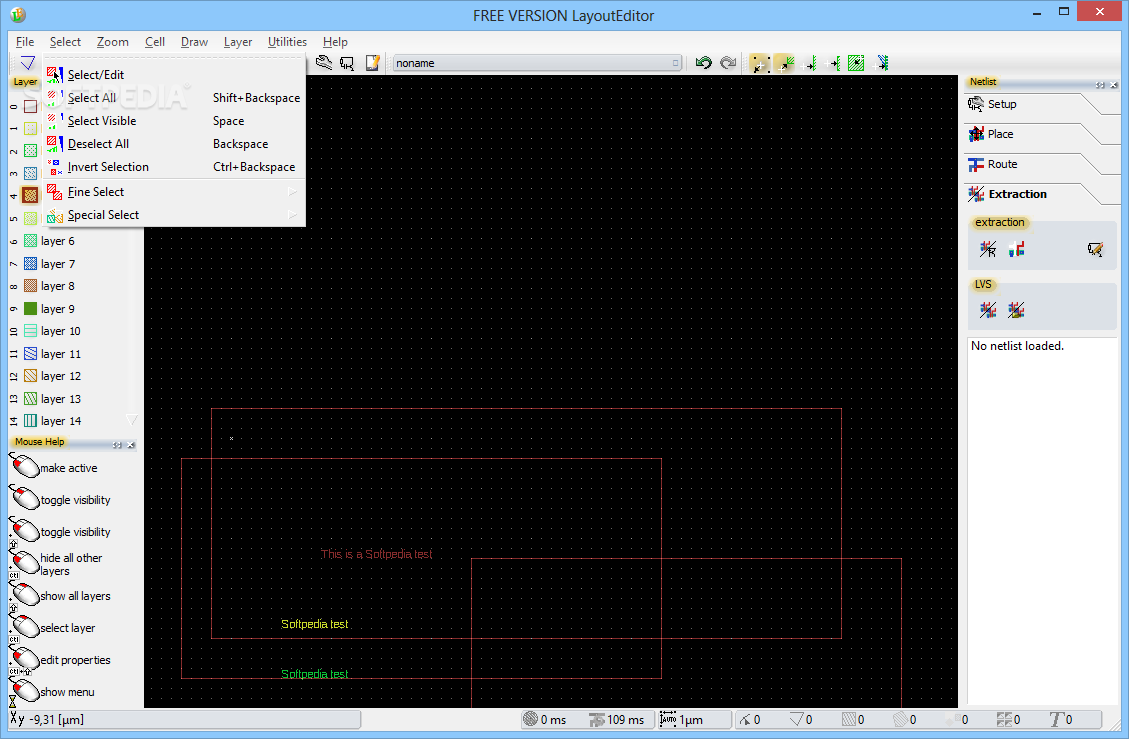

- #LAYOUTEDITOR DOWNLOAD HOW TO#
- #LAYOUTEDITOR DOWNLOAD MANUAL#
- #LAYOUTEDITOR DOWNLOAD FULL#
- #LAYOUTEDITOR DOWNLOAD SOFTWARE#
The adaptation of the user interface to the current situation and the presentation of a reusable sequence of tasks in the situation reduces memory loads on operators. The user interface can reconfigure automatically in order to adapt to the current situation. This paper discusses a framework for user interface design of situation-aware systems that exploit inputs from users and the environment to provide information tailored to the user's tasks in specific situations. Existing user interface design does not solve the problem of drawing together the information required for situation-aware decision support systems in a way that minimises cognitive load. The emergence of ubiquitous, ambient, and pervasive technologies is increasingly providing methods to help operators to perform their tasks in smart and intelligent ways. Recognition of information for specific situations identified with users' context and the state of the world is helpful to operators in performing tasks in complex environments. Information recall about general situations incurs memory and cognitive loads on operators. The approach is duly illustrated by a case study describing a collaborative trip planning over the Web. Moreover, such an approach is aimed at supporting the collaboration between users sharing procedures. Thus, by combining tasks and DOM elements distributed in diverse Web sites our approach supports the creation of procedures that allows seamless users interaction with diverse Web site.
#LAYOUTEDITOR DOWNLOAD MANUAL#
Both manual and automated tasks are usually supported by specific DOM elements available in different Web sites.
#LAYOUTEDITOR DOWNLOAD HOW TO#
In our approach, whilst manual tasks can be regarded as simple instructions that tell users how to perform a task over a Web site, automated tasks correspond to tools built under the concept of Web augmentation (as it augments the repertoire of tasks users can perform over the Web) called Web augmenters. Our approach supports flexible process modeling by allowing users to combine manual tasks and automated tasks from a repertoire of patterns of tasks performed over the Web. For that, we propose in this paper an approach to create distributed user interfaces featuring procedures that are aimed to orchestrate user tasks over multiple Web sites. In this context, DUIs would play a major role by helping multiple users to coordinate their activities whilst working collaboratively to complete tasks at different Web sites. In this paper we argue that these two aspects of collaboration and tasks spanning over multiple Web sites call for a level of coordination that require Distributed User Interfaces (DUI). Moreover, whilst Web navigation was considered as a lonely activity in the past, a large proportion of users are nowadays engaged in collaborative activities over the Web. The difficulty of use of the existing MB-UIDEs, the lack of UI design flexibility, and the lack of complete and integrated development support are the main research gaps that need to be addressed.Ĭurrently, a lot of the tasks engaged by users over the Web involve dealing with multiple Web sites. Further research needs to be done to support the MDD of UIs and the co-design of the underlying application. The evaluation shows that, although a strong progress has being achieved over the last years, the existing environments do not yet fully exploit the benefits and potentialities of MDD, nor do they adequately integrate UI design with application logic design and generation. The evaluation identifies several gaps in the existing state of the art and highlights the areas of promising improvement.


Based on these papers, an assessment framework containing 10 criteria with specific metrics to evaluate MB-UIDEs was defined and 30 different environments were evaluated following these criteria. Following the guidelines proposed by Kitchenham and Charters (Engineering 2, 2007), we performed a systematic literature review.
#LAYOUTEDITOR DOWNLOAD FULL#
This paper analyzes a large set of existing MB-UIDEs, evaluates, from a critical perspective, to what extent they can be considered full MDD environments, and adequately addresses the co-design of UI and application. However, achieving true model-driven development (MDD) requires the co-development of application and UI and, hence, needs to go a step further. Often, this generation is limited to the UI part of an application. Many Model-Based User Interface Development Environments (MB-UIDEs) have been proposed to deal with the generation of the UIs (semi-) automatically by using models with different levels of abstraction.
#LAYOUTEDITOR DOWNLOAD SOFTWARE#
Advances in software design possibilities have led to a growing interest in the study of user interfaces (UIs).


 0 kommentar(er)
0 kommentar(er)
